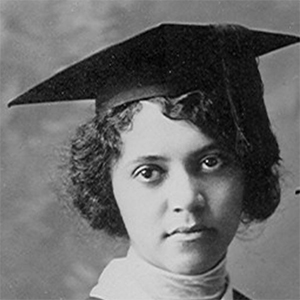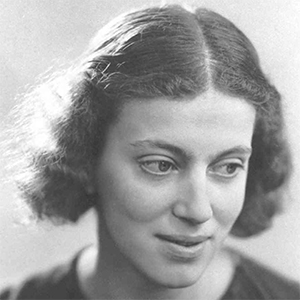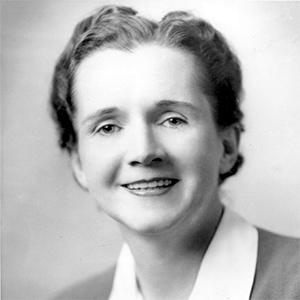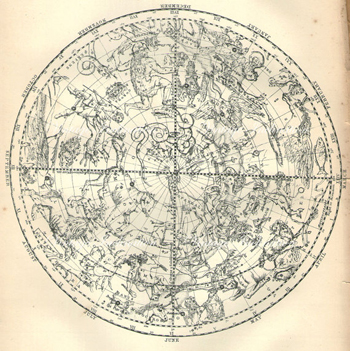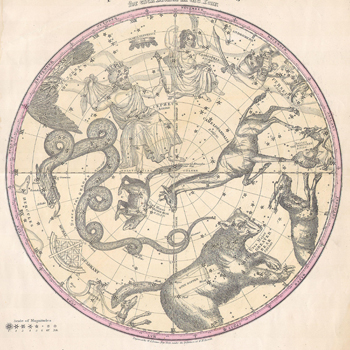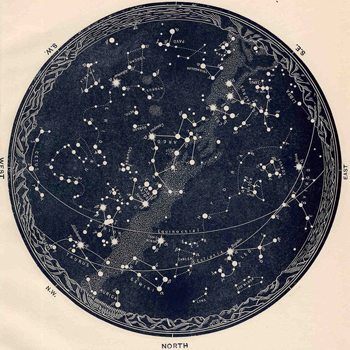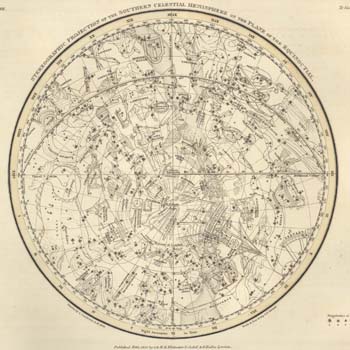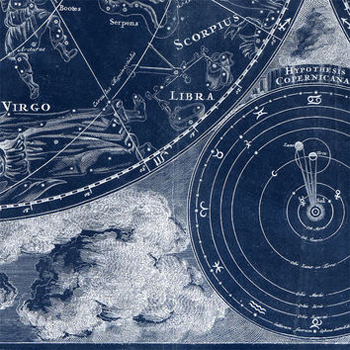Marie Curie
In 2005, Larry Summers, then president of Harvard University, speculated that women’s lack of visibility in STEM was due to some lesser aptitude.
The president of Princeton, Shirley M. Tilghman, a molecular biologist; the president of Stanford University, John Hennessey, a computer scientist; and the president of MIT, Susan Hockfield, a neuroscientist, responded in an essay:
"The question we must ask as a society is not 'Can women excel in math, science, and engineering?' -- Marie Curie exploded that myth a century ago -- but 'How can we encourage more women with exceptional abilities to pursue careers in these fields?' "

